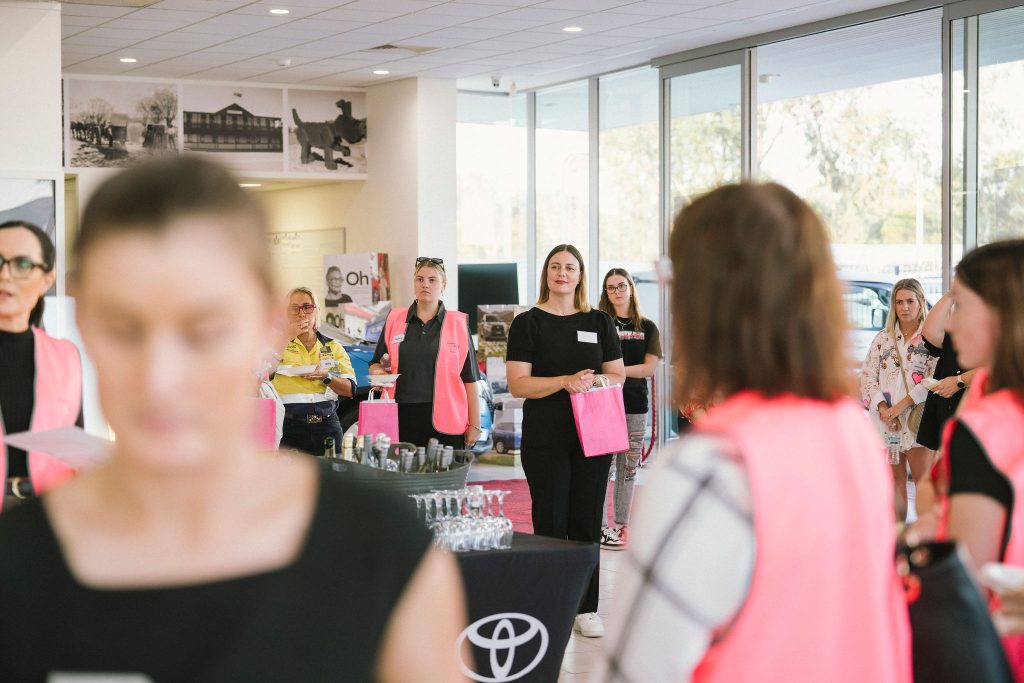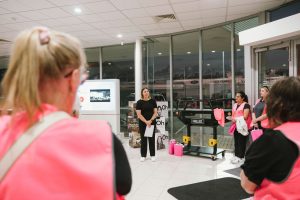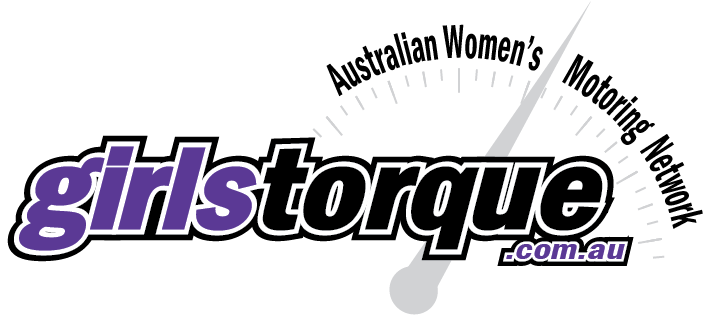A Reflection on Vulnerability in Public Spaces

Last week, I stood in front of a crowd at Avon Valley Toyota’s Ladies Motoring Night and did something I rarely do: I shared my story in full. Raw, honest, unscripted. I spoke about career changes, failure, burnout, broken bones, grief, and pride. I was funny when it felt right, grounded when the tone shifted, and brutally truthful where it mattered. I watched nods ripple through the audience, saw recognition flash in people’s eyes, and felt the room lean in.
I’m used to speaking on national TV, in front of massive crowds—10,000 people at a time. But in those spaces, I’m performing. I’m narrating someone else’s story. Last Thursday night was different. Last week, I brought my own life into the room. I told the audience how amazing the automotive world has been to me—and how challenging, even traumatising, it has also been. And I told them how grateful I was for their presence. For letting me speak not as a presenter, but as a person.
And now, a 6 days later, I’m sitting with all the emotions that come with that kind of vulnerability. The high of connection. The unexpected exhaustion. The gratitude. The risk.
Because sharing your story in public—whether through speaking engagements, interviews, or social media posts—is a powerful tool. But it comes with a shadow.
The Power of Sharing
Self-awareness and growth
When you put your story into words, you begin to understand it differently. Preparing for a talk or answering media questions forces reflection: What do I believe? What did I learn? Why did it matter?
Skill development
Speaking publicly, especially about personal experiences, sharpens your communication. It builds confidence, adaptability, and presence. It teaches you to read a room and shift your delivery in real time—something I leaned into heavily last Thursday night.
Building community
Honesty creates resonance. When you tell your truth, others see themselves in it. After the event, I was flooded with messages from women who told me they felt seen. That my story gave them permission to consider new paths, or confront parts of their own they’d left buried.
Social impact
Stories challenge stereotypes. They break down the illusion that success is linear, or that careers must follow one path. They remind people that they’re not alone, and in doing so, make space for new narratives.











Photos by Angie Roe Photography
But There Are Pitfalls
Emotional risk
Vulnerability isn’t just about being open; it’s about being exposed. There’s always the fear of being misunderstood, judged, or having your story used against you.
Re-traumatisation
Telling the hard parts of your story means re-living them—sometimes before you’re ready. I’ve learned to pace what I share and when. Some details I hold close. Not because I’m hiding, but because I’m healing.
Professional consequences
There’s always a risk in being “the vulnerable one.” People might decide you’re too emotional, too complicated, too outspoken. Or worse—they might define you only by the hardest parts of your story.
Privacy and permanence
Once a story is out there, it’s out there. On social media, in a recording, passed on through word of mouth. That can be a gift—and a burden.
What Made Last Thursday Different?
The atmosphere was welcoming. Respectful. Curious. That matters. Safe spaces make vulnerability sustainable.
But more importantly, I was ready. I didn’t plan every word, but I knew my story well enough to tell it honestly. I’d processed the hard parts. I’d made peace with the messiness. I trusted myself to hold space for both the audience and my own emotions.
The feedback since has been overwhelming—in the best way. Not because people congratulated me on my career path or resilience, but because they saw themselves in my story. Women from all walks of life reached out to say: Me too.
So Should You Share Your Story?
Maybe. Maybe not yet. Maybe never in public, but in private, with someone who needs it. Your story is yours. You don’t owe it to anyone. But if and when you choose to share, here are a few things to keep in mind:
- Start small. Try it in low-stakes environments first. Even journaling helps.
- Set boundaries. You don’t need to share every detail to be impactful.
- Remember your “why.” Are you sharing to help others? To advocate for change? To reflect?
- Know your audience. Some spaces are safer than others.
- Prioritise your well-being. You get to decide when, how, and how much you give.
Final Thoughts
Last Thursday night reminded me why I speak. Not to perform. Not to prove. But to connect. To name things others might be feeling but haven’t said out loud. To remind people that change is possible, that failure isn’t fatal, and that the journey matters.
But just as importantly, it reminded me to rest. To refill my cup before pouring out again. Because storytelling is powerful. But it is also work. Emotional work. And that, too, deserves to be honoured.
So whether you’re on the brink of telling your story or quietly living it—know that both have value. And when you’re ready to speak, the right audience will be ready to listen.
Thank you, Avon Valley Toyota, for creating the space. Thank you to the women who showed up with open hearts. And thank you to those still writing your story. I see you.


Bridget Bell is a seasoned motorsport media professional and a skilled mechanic, with over a decade of experience in On-Air Hosting, Event Hosting, Television Presenting and Commentating. Passionate about supporting women in both the industry and motorsport, Bridget volunteers as a mentor and actively champions female representation.
Disclaimer: While due research has been conducted, the views expressed in our articles are those of the author and may not necessarily reflect everyone’s views. If you notice an error, please email quoting the blog article title and an explanation of the error.

